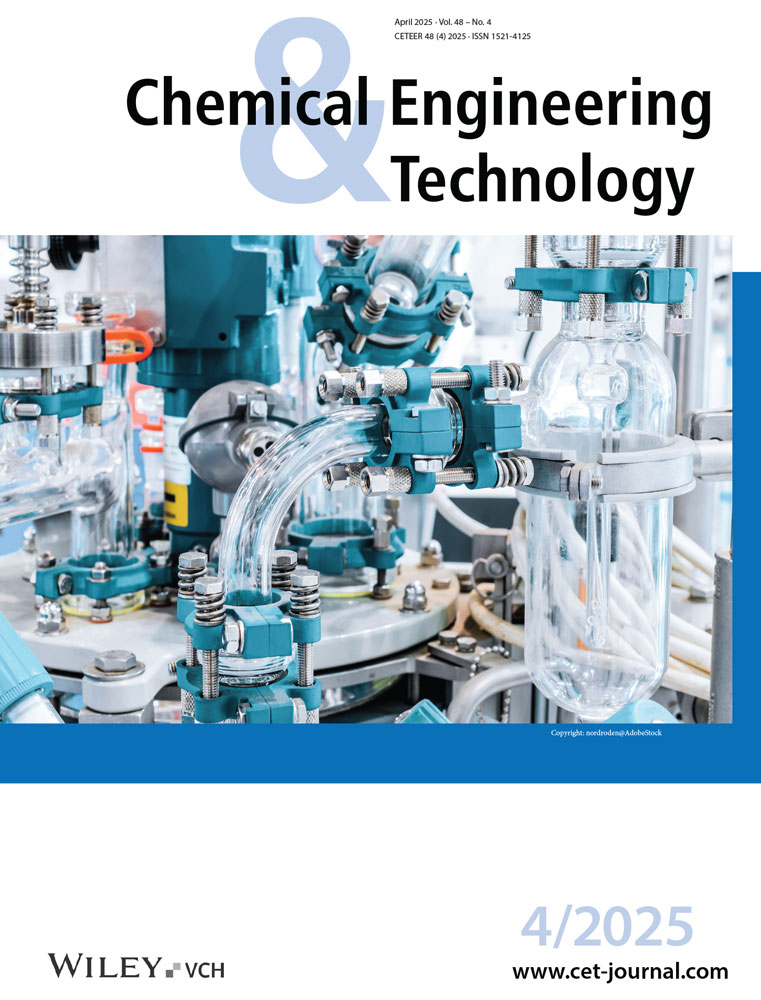Techno-Economic Analysis of a Direct Ammonia Solid Oxide Fuel Cell–Integrated System for Marine Vessels
Abstract
To achieve the ambitious goal of net-zero greenhouse gas emissions in the shipping industry by 2050, the getting to zero coalition prioritizes the adoption of zero-emission fuels and technologies. Ammonia stands out as a viable zero-carbon marine fuel, owing to its carbon-free composition and higher energy density relative to hydrogen. This paper presents a thorough techno-economic analysis of a direct ammonia solid oxide fuel cell (SOFC) system, which is enhanced by a gas turbine (GT) and integrated with a multi-generation system, including proton exchange membrane fuel cells (PEMFC), organic Rankine cycle (ORC), Kalina cycle (KC), steam Rankine cycle (SRC), and waste heat boiler (WHB). The study employs a multi-stage approach that includes dynamic computational analysis, techno-economic evaluation, and assessments of environmental and social impacts to determine the optimal system implementation. Economic viability is evaluated through indicators such as net present value, internal rate of return and payback period, highlighting the critical role of fuel cell capital costs in investment feasibility, and repayment timelines. The levelized cost of electricity (LCOE) spans from 0.482 to 0.554 $ (kW h)−1, showing a variation of approximately 6.2 % from the average LCOE. For unsubsidized and subsidized utility costs, the discounted payback period is calculated to be between 6.7 and 9.5 years, respectively.
Open Research
Data Availability Statement
The data that support the findings of this study are available on request from the corresponding author. The data are not publicly available due to privacy or ethical restrictions.




